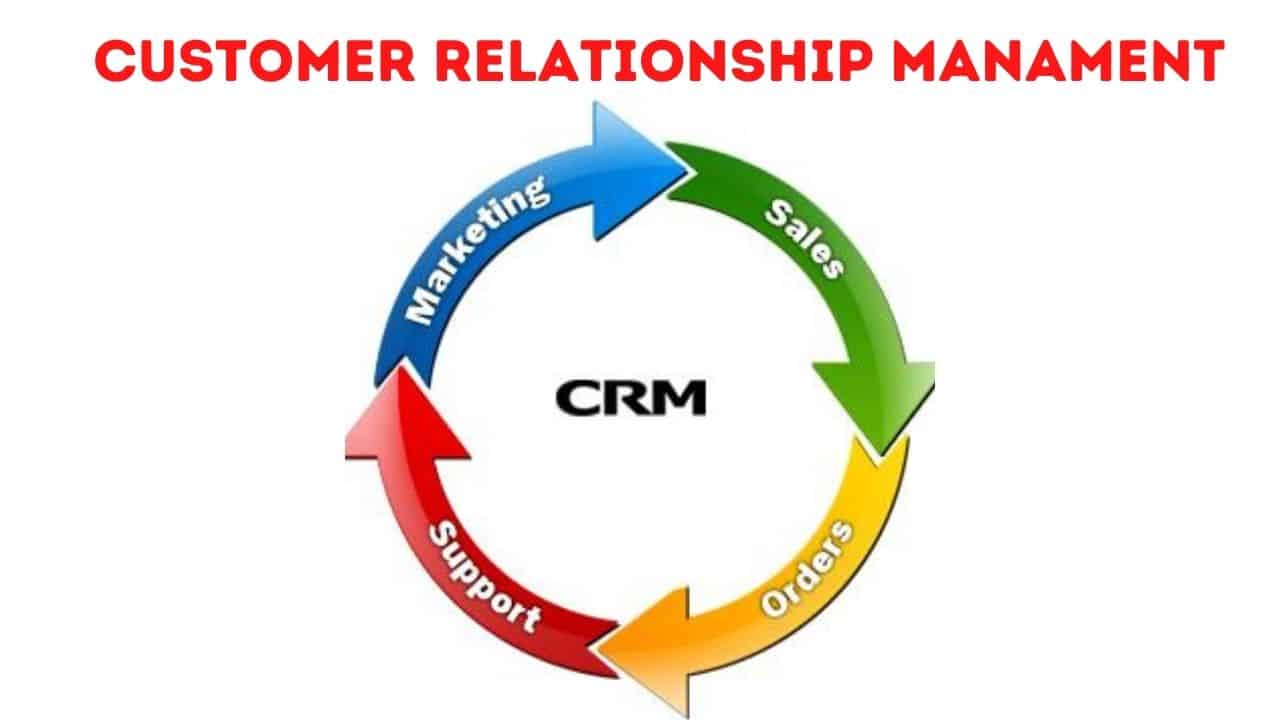For many decades, businesses have survived before the computer age, quoting for deals using just pen and paper ledgers and cash books, so why would anyone need computer software specifically to produce quotes for new and potential customers?
Indeed, you could argue that many businesses might be able to survive without computers at all, even nowadays, apart from maybe using them for email, and you can do that on a cheap smartphone. Take something like a car wash – a few hard-working guys and gals in a disused gas station forecourt giving cars a once over for under $10. You just need hot water, buckets, sponges, rubber gloves, and no aversion to getting wet as part of your work. A shoebox full of folding greenbacks gets split after the overheads are paid, and that’s the day done.
If only all life was that simple. With the increasing availability of knowledge nowadays through social media and more news channels than you could count, everybody eventually knows everyone else’s business. It won’t be long before company Z finds out that Company Y is charging them X% more than their closest competitor to supply goods or services. That’s why quotes now must be more competitive than ever – too high and you price yourself out of the market; too low and you could end up working for zero profit or even at a loss. This is where CPQ software comes into its own.
Tree-hugging for computer scientists
CPQ stands for Configure Price Quote. It is an AI-powered SaaS (software as a Service) platform that uses a rules-based, decision-tree computing architecture. The decision tree employs Machine Learning (ML) to deal with the highly complex inter-relationships between the myriad factors that can affect the final price of a quote and the processes involved in arriving at that figure. To continue with the car wash analogy, let’s imagine that Acme Car Wash is a franchise network, operating 500 outlets across 38 states of the US.
For corporate branding purposes, the price of a basic car wash is fixed anywhere in the country. Say $7.99; but a dynamic pricing structure exists for extras, dependent upon socio-economic and geographic factors. Imagine that a wax and internal vacuum cleaning of a car in Beverly Hills might cost the driver an extra $15, but the same service wouldn’t command that price in Detroit, where people aren’t so wealthy. Maybe $9.99 would be the top end for vac and wax in Motor City. Those high prices just wouldn’t wash. But the head office of Acme must somehow work out the optimum pricing structure for every branch location.
Washing cars or cleaning money?
It’s well known that the car wash business, with its ready movement of cash and little recording of receipts, has been used by criminals and even corrupt officials to clean money from ill-gotten gains. There are now strict controls on issuing receipts and ringing sales into a till, rather than the folded wad of notes in the jeans back pocket. Such things take admin time, so that must be accounted for as a factor affecting the final price of any service.
Indeed, to ensure that the business remains profitable and that employees are sufficiently rewarded to stay loyal, all overheads and on-costs need to be calculated for every state or region, then a retail price list for the outlet’s services can be produced. But imagine the complexity. In Kentucky, business rates might be higher than in Alabama, so the Kentucky prices must cover that extra expense. However, the warmer and drier southern states, where cars remain cleaner, see less business than places like New Jersey, where heavy rain and mud can make a vehicle look like a rally car after a single trip to Walmart!
Then there are median wages by region to account for, differing energy prices to heat water, local taxes vary, and a host of other issues that affect the final Average Order Value (AOV) price for each outlet. The artificial intelligence in a CPQ platform, once correctly programmed at the outset, can take all these interrelated factors into account and produce a detailed breakdown of the calculations, and create an optimal price for services, on a branch-by-branch basis. These figures are then displayed on a simple-to-understand dashboard, enabling senior managers to make sensible commercial decisions based on solid business intelligence.
Adapting to change at the click of a mouse
Perhaps the most powerful feature of a CPQ platform is the fact that it can re-calculate the given price to quote when the smallest change is made to one seemingly small constituent of the greater whole but also can suggest whether that change is actually feasible via Key Performance Indicators (KPIs). Compare this with the ‘What If’ scenarios that can be run on a spreadsheet financial model.
For example, imagine that an accountant at Acme’s head office discovers that the minimum wage in a given state will increase by 10% from a certain date. This will mean a 10% increase in labor costs for all branches across that state. A spreadsheet could simply display this new figure by editing one cell. However, a CPQ platform could also be programmed to give an alert of minimum wage age ranges per state. The CPQ would then show that the new minimum wage only applies to people over 21 years of age. In this instance, the CPQ might show an infographic and text to predict what would happen if any new employees were part-timers under 21 years of age, as such the new legislation could be circumvented. A spreadsheet can’t do that, no matter how complex the formulae are created within its cells.
How does any business get by without CPQ?
Well, they do, of course. But how much potential revenue are those businesses hemorrhaging without even knowing it? That’s the beauty of a CPQ platform, not only does it enable salespeople to set price quotes, but it also suggests scenarios for improvements by creating dynamic predictive scenarios.
CPQ – it’s the financial fortune teller of the future. Cross its palm with silver, it will be money well spent.






